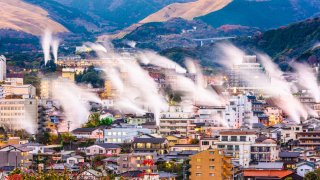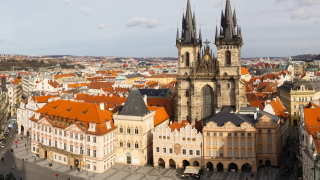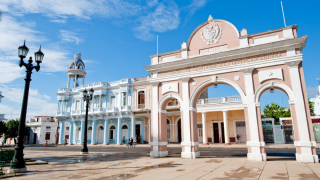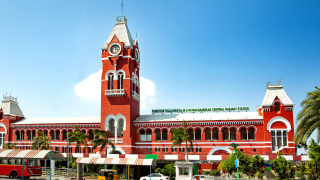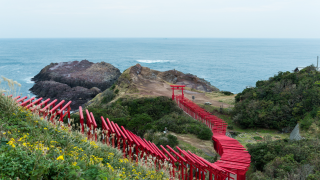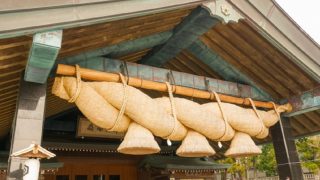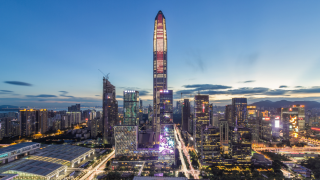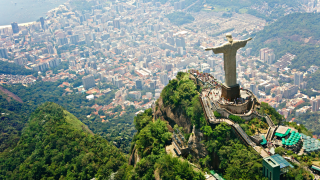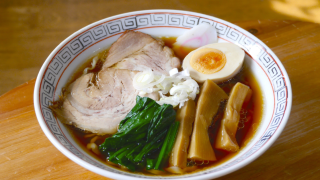 TOPIC
TOPIC Where to Find the Best Ramen in Tokyo Ramen Street?
Tokyo Ramen Street, located beneath the bustling Tokyo Station, is a paradise for ramen lovers. Featuring famous ramen shops from across Japan, this gourmet destination attracts tourists and business professionals alike. With so many mouthwatering options, choosing the right bowl can be a challenge. This article highlights the top-rated ramen restaurants in Tokyo Ramen Street and what makes each one special.


